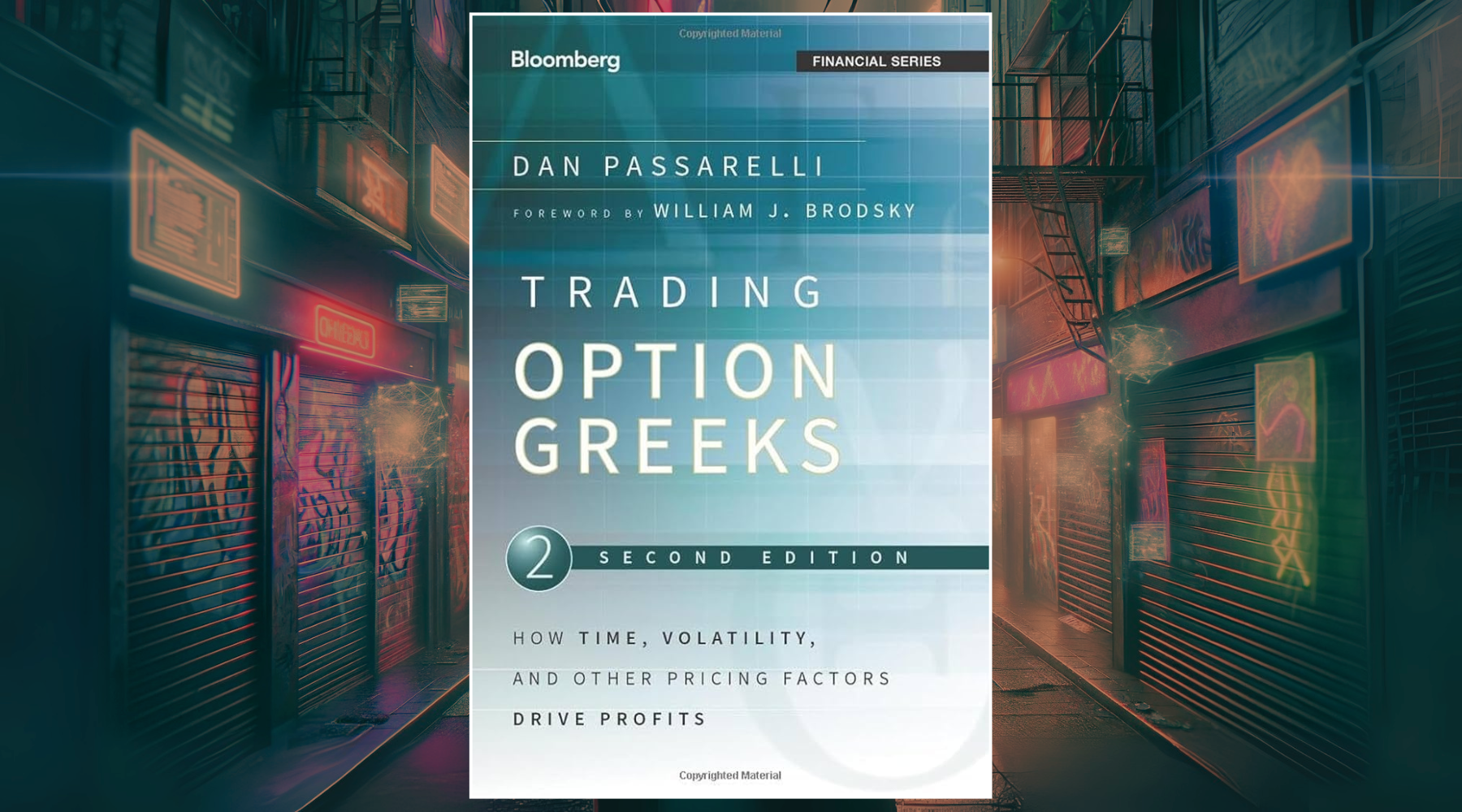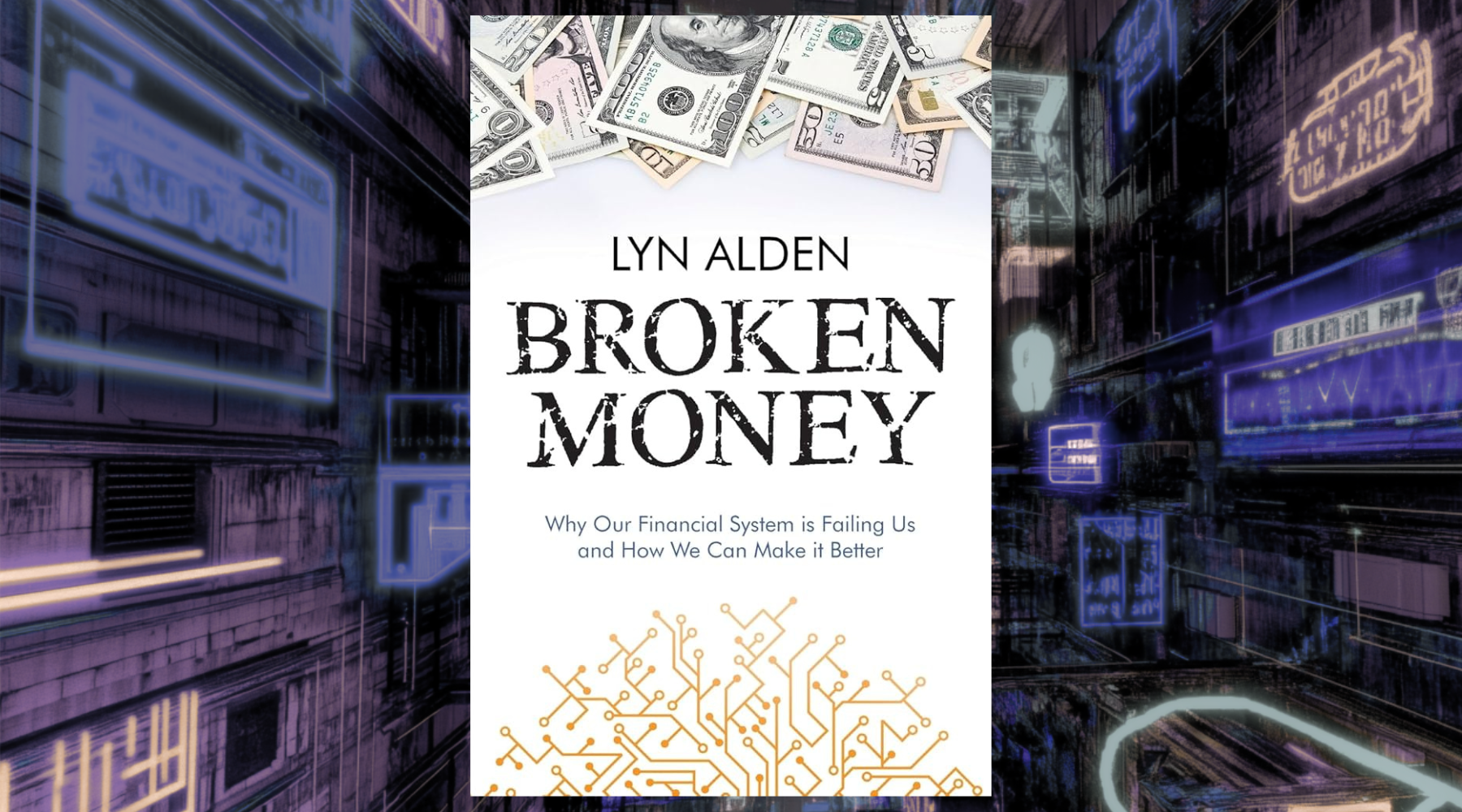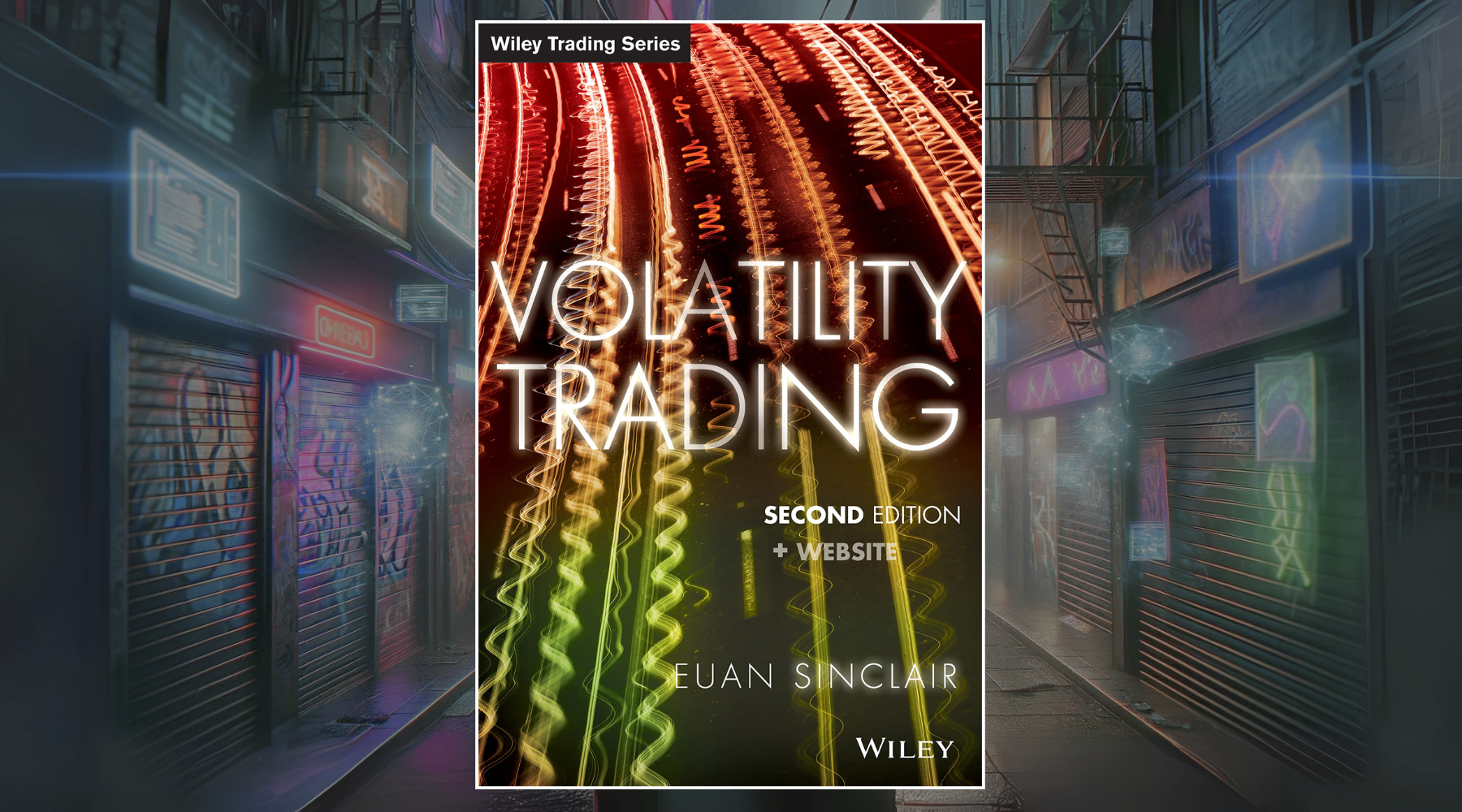Fooled By Randomness
By: Nassim Nicholas Taleb
“A trader’s mental construction should direct him to do precisely what other people do not do.” - Nassim Nicholas Taleb, Fooled By Randomness
Fooled by Randomness made me rethink how much luck and chance shape what happens in life and trading. Taleb’s main point is simple: we like to believe our success is all skill, but randomness plays a much bigger role than we want to admit. It’s easy to look back and come up with reasons for why things happened, but most of the time, we’re just telling ourselves stories after the fact.
Taleb points out that mild success might come from skill and hard work, but wild, outlier-level success is usually just variance—plain old luck. He uses examples from trading, like people who look like geniuses during a bull market but end up wiped out when the tide turns. The real danger is fooling ourselves into thinking we’re in control when we’re really just riding a lucky streak.
He talks a lot about biases—like hindsight bias and survivorship bias—that trick us into seeing patterns or causes where there’s just randomness. The lesson? Don’t get cocky when things go your way, and don’t beat yourself up when they don’t. Focus on your process, not just your results, because you can do everything right and still lose, or do everything wrong and get lucky.

Fooled By Randomness isn’t necessarily a trading book, although Taleb at the time of writing was an options trader. He references trading quite a bit in the book but that’s not a focus or main subject. Behavioral finance and psychology in general is a better suited category for this Fooled By Randomness.
My Favorite Topics Covered in Fooled By Randomness
Probability of Success at Different Scales
“Over a short time increment, one observes the variability of the portfolio, not the returns.” - Nassim Nicholas Taleb, Fooled By Randomness

Daily exposure to high degrees of randomness will have a negative physiological effect on a person.
With a 93% chance of success on a yearly scale, when broken down to smaller time increments you will have a better chance at seeing a loss or losing trade. If seeing losses causes an emotional problem, then it’s best to just look at yearly or monthly statements and not daily statements. A 93% chance of a positive outcome over the course of a year will still show the randomness of individual losing days along the way. And that can be broken down even further to minutes or individual trades.
“Regardless of what people claim, a negative pang is not offset by a positive one (some psychologists estimate the negative effect for an average loss to be up to 2.5 the magnitude of a positive one); it will lead to an emotional deficit.” - Nassim Nicholas Taleb, Fooled By Randomness
The smaller you go on the timeframe with these results, the more positive and negative pangs you're going to see. But these do not cancel each other out because of the magnitude of a negative pang compared to a positive.
Fooled by Randomness
Nassim Nicholas Taleb's groundbreaking exploration of how randomness rules our lives and markets. Learn to distinguish between skill and luck, understand the hidden role of chance in success, and develop better decision-making in the face of uncertainty. Essential reading for traders, investors, and anyone dealing with risk.
View on AmazonBlowing Up Your Account As A Trader
Taleb touches on the probabilities of blowing up a trading account, specifically from selling naked options. He also gives a scenario of a character that is consistently winning and doesn’t see the luck of his strategy in avoiding the eventual blowup.
“He relied on the statement “The market has never done this before,” so he sold puts that made a small income if the statement was true and lost hugely in the event of it turning out to be wrong. When he blew up, close to a couple of decades of performance were overshadowed by a single event that only lasted a few minutes.” - Nassim Nicholas Taleb, Fooled By Randomness

Monte Carlo Simulations
Taleb uses Monte Carlo simulations to show how randomness plays out over thousands of possible outcomes. Instead of just looking at what actually happened, you run the same scenario over and over to see the whole range of results. It’s a great way to realize how much luck is involved—what looks like skill in one timeline might just be chance in another.
Survivorship Bias
We love to study winners and copy their moves, but we forget about all the people who tried the same thing and failed. That’s survivorship bias. It tricks us into thinking success is all about skill, when really, luck and randomness play a huge part.
“At a given time in the market, the most successful traders are likely to be those that are best fit to the latest cycle.” - Nassim Nicholas Taleb, Fooled By Randomness - Nassim Nicholas Taleb, Fooled By Randomness
Fooled by Randomness is a reminder to stay humble, question your own stories, and never underestimate how much luck is involved in the markets—and in life.
If you enjoyed this summary and review of Fooled By Randomness, I'd recommend checking out my book summary of A Random Walk Down Wall Street. This is one of my all-time favorite investing books, and is a true classic for traders and investors.










Leave a comment
This site is protected by hCaptcha and the hCaptcha Privacy Policy and Terms of Service apply.